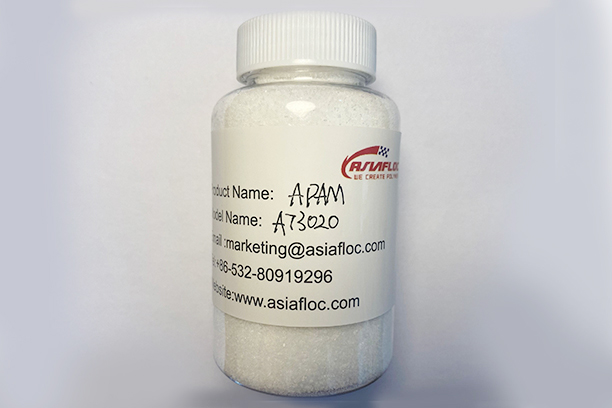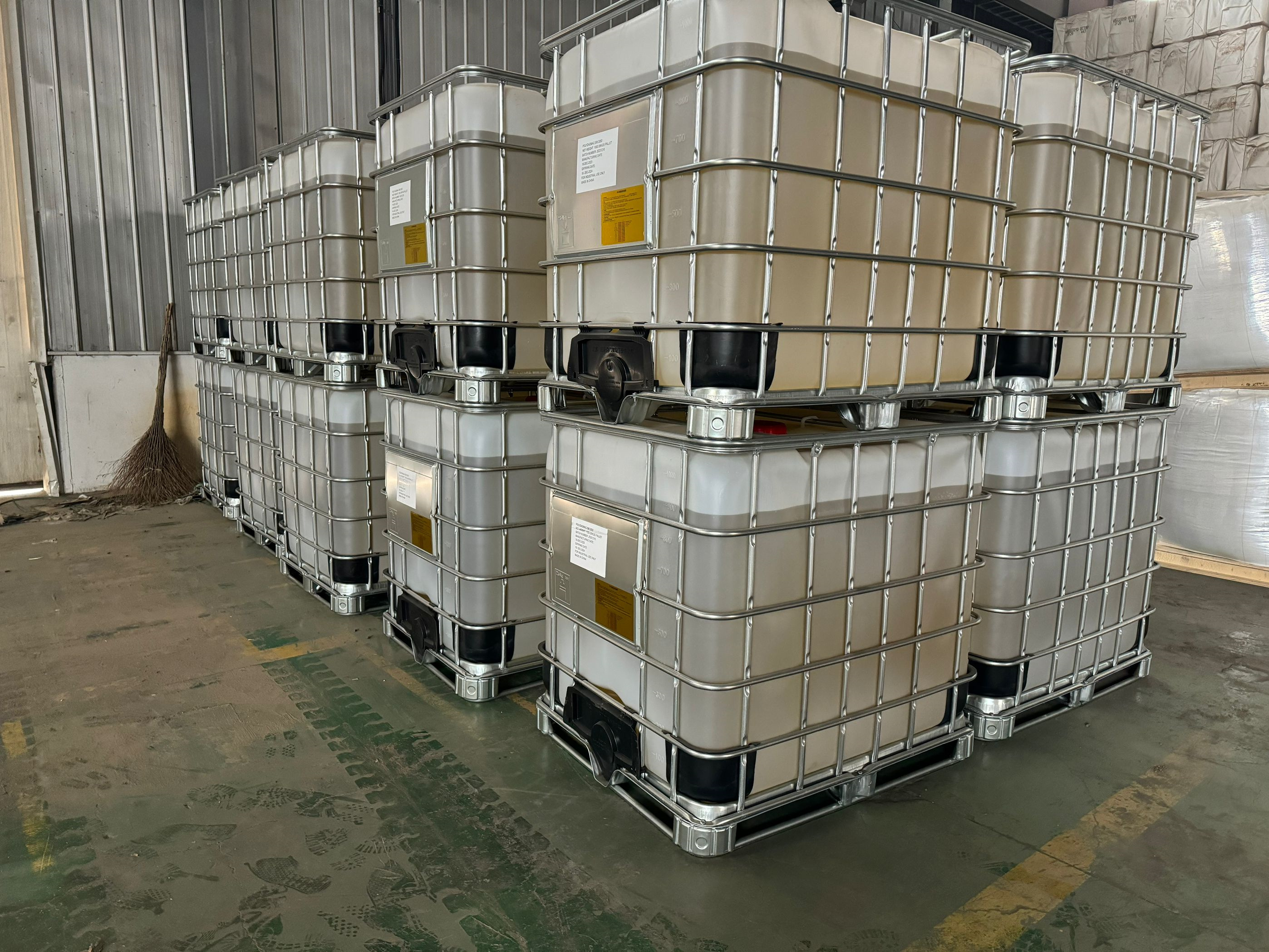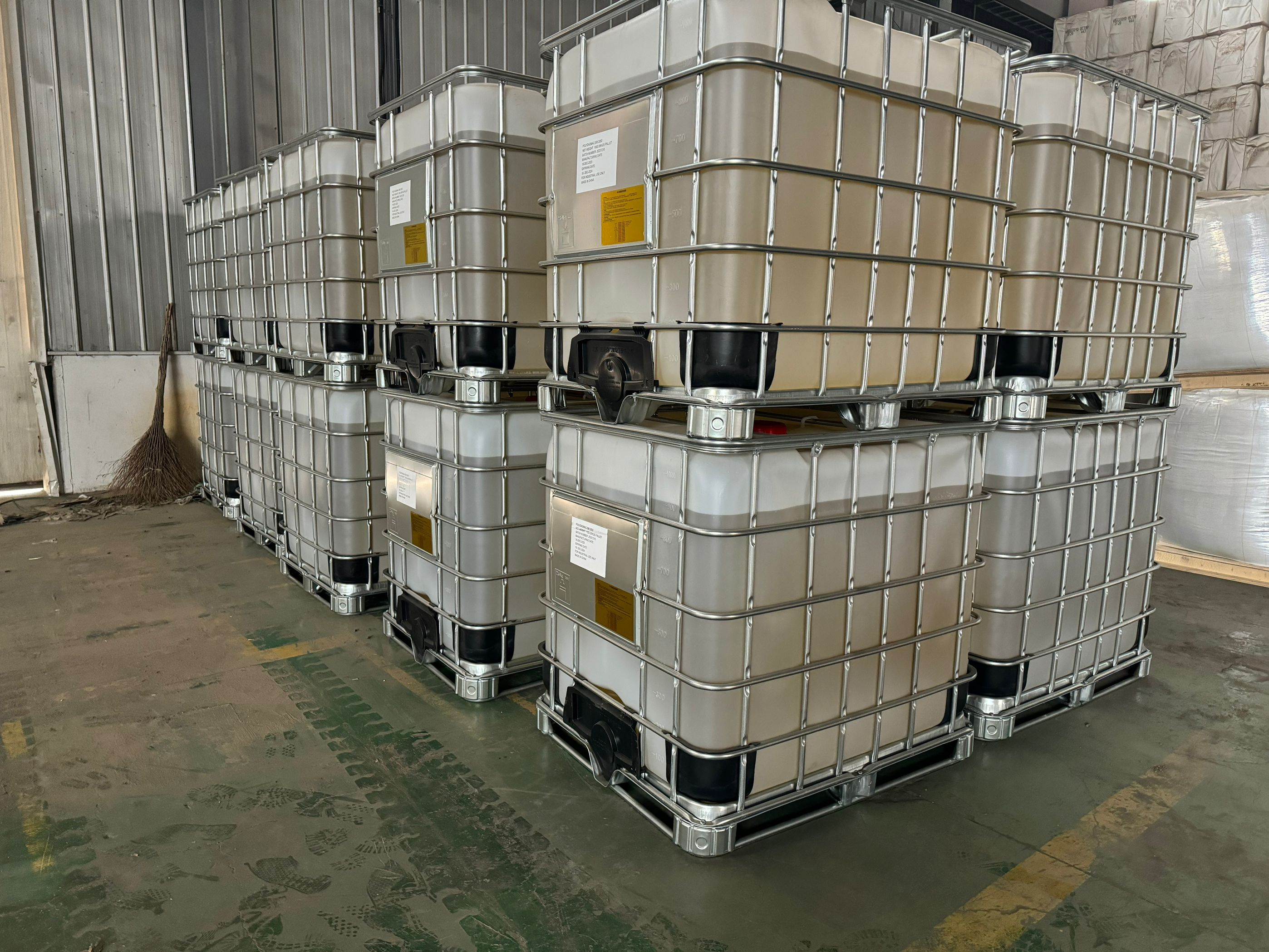Adding polyacrylamide to cement mortar, polyacrylamide particles can fill the hole, and polyacrylamide film can also close the hole, so polyacrylamide is an effective way to solve the impermeability problem of ordinary concrete and cement mortar, And polyacrylamide can significantly improve the fluidity of cement-based materials, water retention, bonding with the base material, water tightness, durability, chemical corrosion resistance, freeze-thaw resistance and mechanical strength and extension performance.
Application of anionic polyacrylamide (ASIAFLOC A72525) in cement concrete
Application of anionic polyacrylamide (ASIAFLOC A72525) in cement concrete

Adding polyacrylamide to cement mortar, polyacrylamide particles can fill the hole, and polyacrylamide film can also close the hole, so polyacrylamide is an effective way to solve the impermeability problem of ordinary concrete and cement mortar, And polyacrylamide can significantly improve the fluidity of cement-based materials, water retention, bonding with the base material, water tightness, durability, chemical corrosion resistance, freeze-thaw resistance and mechanical strength and extension performance.
A: polyacrylamide in cement concrete application advantages
Polyacrylamide is added to concrete, can decrease the brittleness of concrete, improve its flexibility, increase shrinkage rate, can make the concrete flexural strength, bond strength between the layers, durability, and has a lot to enhance flexural toughness than ordinary concrete, illustrates concrete flexural capacity, bond properties, durability and flexural toughness have very big improvement, Another point is that polyacrylamide can enhance the impermeability of concrete, relevant data show that the permeability of concrete with polyacrylamide increases by more than 90%, and the bond strength between concrete layers is nearly 4 times higher than ordinary.
Two: polyacrylamide in cement concrete application mechanism
1, polyacrylamide can improve the performance of cement mortar or cement concrete, reduce the water cement ratio;
2, latex particles in polyacrylamide emulsion deposition or condensation in the hydrated (or slightly hydrated) cement and aggregate surface, and form a layer of film, this layer of film and cement hydration products will eventually form an interpenetrating network structure. The incorporation of polyacrylamide on cement hydration and cement hardening process has an impact on the chemical interaction between polyacrylamide and cement or hydration products;
3, when the relative humidity is reduced to less than 100%, the cement shrinks and produces a certain stress, then the polyacrylamide modified cement solidified can form microcracks to release the stress;
4. The development of cracks meets the interpenetrating polyacrylamide network, forming microfibers within the scope of the entire polyacrylamide network, and the development of cracks is terminated;
5, the addition of polyacrylamide, caused the change of the structure of cement stone shape, change the hole structure of concrete, improve the cement slurry and aggregate bonding, reduce the hardening of cement slurry in the microcrack. The physical and mechanical properties of cement-based materials are improved.
Polyacrylamide is widely used as an external additive for concrete, which can improve the interaction between concrete particles, thus increasing the strength and toughness of concrete. Polyacrylamide in concrete, putty powder, mortar king and other building materials in the application has been widely promoted. Mainly flocculation, water retention, thickening, bonding, lubrication and other effects, in addition, polyacrylamide in other building materials, because of its ultra-high viscosity, and because of its special molecular structure, there is a very good water retention effect. Common is used as putty powder thickening agent, refractory adhesive, mortar thickening water retention agent.






